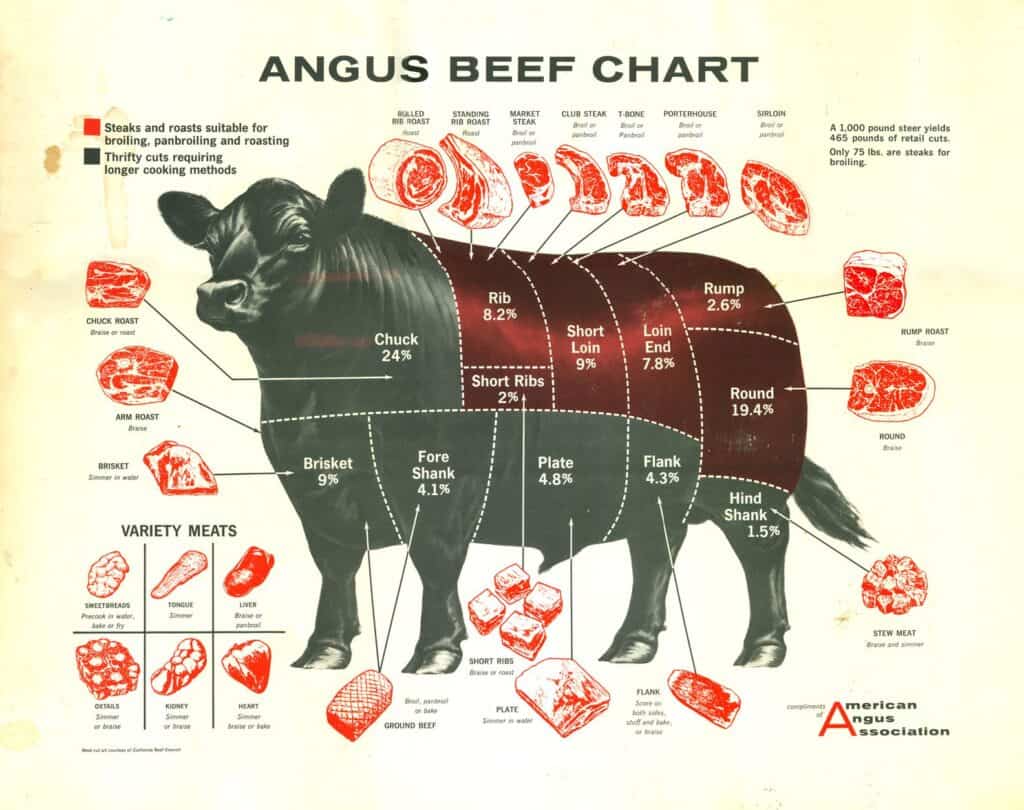The cattle market, also known as the beef market, is a complex and dynamic industry that involves the production, processing, and distribution of beef and other cattle products. In this blog, we will explore the basics of the cattle market, including its key players, the factors that influence prices, and the current state of the industry.
Key Players in the Cattle Market
The cattle market is made up of several key players, including:
- Ranchers: Ranchers are the primary producers of cattle. They raise cattle on farms and ranches, providing the raw material for the beef industry.
- Feedlots: After the cattle are raised on ranches, they are often sold to feedlots, where they are fattened up on a diet of corn and other grains. Feedlots are large operations that can hold thousands of head of cattle at a time.
- Packers: Once the cattle are ready for processing, they are sold to packers, who are responsible for slaughtering and processing the animals into beef and other products.
- Wholesalers and Retailers: Wholesalers and retailers are responsible for distributing beef and other cattle products to grocery stores, restaurants, and other outlets.
Factors That Influence Cattle Prices
The price of cattle is influenced by several factors, including:
- Supply and Demand: The basic law of supply and demand plays a significant role in the cattle market. When there is a high supply of cattle and a low demand for beef, prices tend to go down. Conversely, when there is a low supply of cattle and a high demand for beef, prices tend to go up.
- Weather Conditions: Weather conditions such as droughts, floods, and extreme temperatures can impact the supply of cattle by affecting feed and water availability. Severe weather can also impact the transportation of cattle to market, leading to higher prices.
- Input Costs: The costs of inputs such as feed, fuel, and labor can impact the profitability of cattle production. If input costs are high, ranchers may be forced to sell their cattle at lower prices.
- Government Policies: Government policies such as subsidies, trade policies, and regulations can impact the cattle market. For example, trade policies that restrict the import or export of beef can impact prices, while subsidies for ethanol production can lead to higher input costs for feed.
State of the Cattle Market
The cattle market has been in a state of flux in recent years. In 2014, the cattle market experienced a record high, with prices peaking at around $170 per hundredweight. However, prices fell sharply in 2015 and 2016, due in part to a larger supply of cattle and a drop in demand for beef.
Since then, the market has seen some recovery, with prices bouncing back to around $130 per hundredweight in 2019. However, the COVID-19 pandemic has had a significant impact on the market, leading to closures of processing plants and disruptions in the supply chain.
Looking forward, the future of the cattle market is uncertain. Demand for beef is expected to remain strong, particularly in developing countries where incomes are rising. However, factors such as changing consumer preferences, advancements in plant-based protein products, and ongoing concerns about climate change may impact the market in the years to come.
The cattle market is a complex and dynamic industry that is influenced by a variety of factors. The market includes key players such as ranchers, feedlots, packers, and wholesalers and retailers. Factors that impact prices include supply and demand, weather conditions, input costs, and government policies. The state of the cattle market is currently uncertain, with ongoing disruptions due to the COVID-19 pandemic and other factors potentially impacting the market in the years to come.





